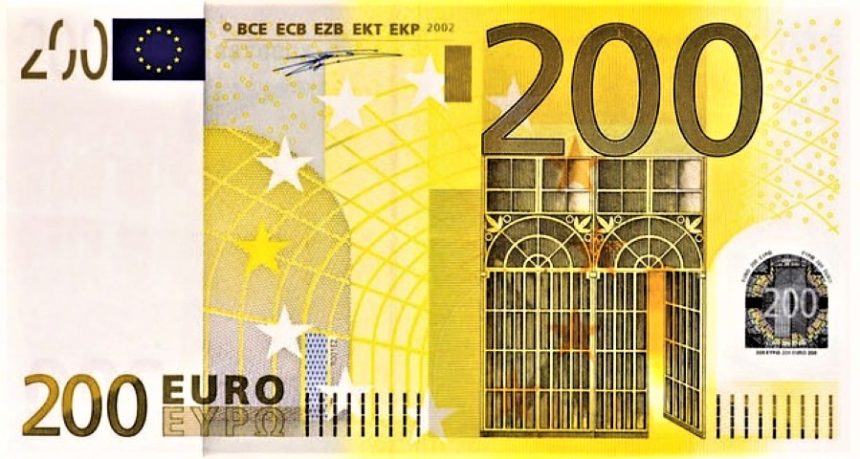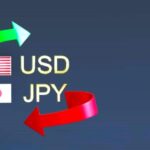The Euro (EURUSD) advanced against the US Dollar (USD) on Tuesday, climbing to around 1.1630 and halting a two-day decline. The rebound followed the release of mixed US Consumer Price Index (CPI) data for July, which showed slower headline inflation but an unexpected pickup in core inflation.
Despite the hotter core readings, market participants continue to bet on a Federal Reserve (Fed) rate cut in September, driven by signs of easing price pressures and a cooling US labor market.
At the same time, the US Dollar Index (DXY) is hovering near 98.30, just above its two-week low, offering additional support to EURUSD’s recovery.
Mixed US CPI Data Shapes Market Mood
According to the US Bureau of Labor Statistics, headline CPI rose 0.2% MoM in July, matching forecasts and down from June’s 0.3%. Year-on-year, headline inflation eased slightly to 2.7%, falling short of expectations for 2.8%.
In contrast, Core CPI which excludes food and energy rose 0.3% MoM, higher than both the 0.2% forecast and June’s figure. The annual core rate climbed to 3.1% from 3.0%, surprising analysts who had expected a slower pace.
This divergence between softer headline and stronger core inflation creates a nuanced policy outlook for the Fed. While overall price trends are moderating, persistent core pressures may encourage policymakers to take a cautious approach before cutting rates.
Fed Cut Bets Hold Firm
Market reaction suggests traders remain confident that the Fed will begin cutting rates in September. The softer headline inflation, combined with slowing wage growth and weaker labor market data in recent weeks, is seen as giving the Fed room to pivot toward easing.
However, the hotter core readings could temper the scale of future cuts. CME FedWatch Tool data continues to show strong odds for a 25 basis point reduction next month, but expectations for deeper cuts later in the year have moderated slightly.
Eurozone Data Adds Headwinds
While the EURUSD recovery has been supported by US inflation dynamics, the European side of the story remains fragile. The German ZEW Economic Sentiment Index fell sharply to 34.7 in August from 52.7 in July, missing forecasts of 40.0. The Eurozone-wide ZEW also dropped to 25.1 from 36.1.
In addition, the German Current Conditions gauge worsened notably, reflecting continued headwinds in the bloc’s largest economy, where industrial output and manufacturing orders remain under pressure.
This weak sentiment has reinforced expectations that the European Central Bank (ECB) will maintain its current rate levels for the rest of 2025, even as inflation in the euro area hovers near the 2% target.
ECB’s Steady Stance
ECB Governing Council member Joachim Nagel commented that interest rates are currently “at a very good level” and that the central bank has the flexibility to act if conditions change. He emphasized that inflation is “no longer a major challenge” but acknowledged lingering uncertainty from recent tariff developments.
Nagel’s remarks align with market consensus that the ECB will remain in wait-and-see mode, avoiding premature easing but staying ready to respond if growth conditions deteriorate further.
Technical Outlook – EURUSD
On the daily chart, EURUSD has rebounded from immediate support at 1.1585, with the next upside resistance seen around 1.1660, followed by 1.1700. A sustained break above these levels could open the door toward 1.1750.
Immediate Support: 1.1585, followed by 1.1550
Immediate Resistance: 1.1660, 1.1700
RSI (14): Neutral at 51, suggesting room for further upside if momentum builds
MACD: Turning positive, indicating potential bullish continuation
Short-term, the pair’s direction will likely hinge on follow-up US economic releases and any fresh commentary from Fed officials. The soft headline CPI provides near-term relief for EUR bulls, but lingering Eurozone economic weakness could limit gains.
Conclusion
EURUSD’s rebound above 1.1630 reflects a market balancing act weighing softer US headline inflation and firm Fed cut expectations against sticky core inflation and ongoing Eurozone growth concerns. The pair’s near-term trajectory will be influenced by US retail sales and industrial production data later this week, as well as updates from the ECB on its growth outlook.
For now, traders seem comfortable betting that the Fed will begin easing in September, keeping the USD under modest pressure and allowing the Euro to hold its ground provided Eurozone data doesn’t deteriorate further.









